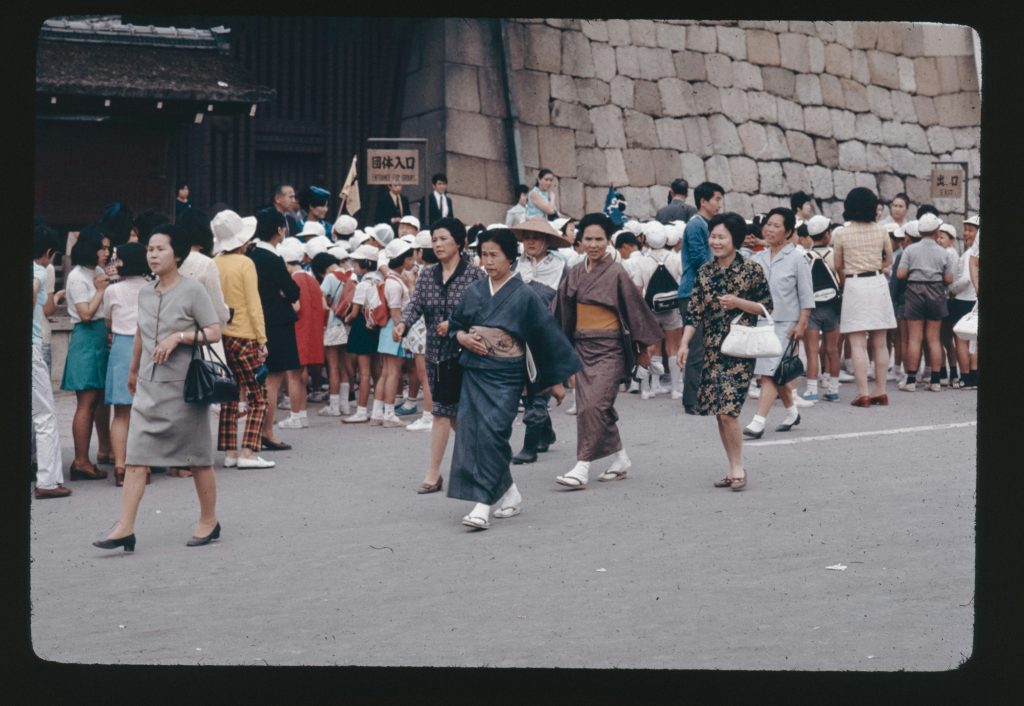Wicked: A Box Office Smash Hit Now Available for Home Viewing
## Wicked: Breaking Box Office Records and Streaming Home
The highly anticipated film adaptation of the Broadway musical *Wicked* has shattered box office records, becoming the highest-grossing film based on a Broadway musical ever. Starring Ariana Grande as Glinda and Cynthia Erivo as Elphaba, this fantastical movie musical captivated audiences since its theatrical release on November 22nd. Its phenomenal success isn’t just confined to theaters; *Wicked* is now available for home viewing, marking a new era of accessibility for fans.
## Record-Breaking Success
The film’s impressive performance extends beyond just ticket sales. With an average ticket price exceeding $239.96, *Wicked* has demonstrated an exceptional level of audience engagement and willingness to pay a premium for this cinematic experience. This extraordinary revenue generation surpasses the previous record holder by a significant margin, solidifying its place in cinematic history.
## Home Viewing: A New Chapter
Less than six weeks after its theatrical debut, *Wicked* is now available for digital purchase or rental on various platforms such as Amazon Prime Video, Fandango, Apple TV, and YouTube. For the price of $29.99, fans can enjoy this epic musical from the comfort of their homes. Furthermore, some platforms offer access to deleted scenes and bonus footage, providing an even richer viewing experience for those who want a deeper dive into the world of Oz.
## A Phenomenon of Musical Adaptation
The film’s overwhelming popularity speaks volumes about the power of successful musical adaptation. Stephen Schwartz and Winnie Holzman’s Tony-winning musical has transcended the stage to conquer the big screen, proving its timeless appeal and resonating with both longtime fans and new audiences alike. The anticipation for Part Two is already building, further solidifying *Wicked’s* enduring place in popular culture.
## More Than Just a Musical
*Wicked* is more than just a film adaptation; it’s a cultural event. Its success not only marks a milestone in musical film adaptations but also highlights the enduring power of storytelling and the magic of well-executed adaptation. The high ticket prices, rapid transition to home viewing and pre-orders all suggest a truly captivated audience deeply invested in this story.
## Looking Ahead
The phenomenal success of *Wicked*, both in theaters and now in the home viewing market, underscores the potential for high-quality musical adaptations to achieve blockbuster status. The anticipation for future installments and the continued discussion surrounding the film’s cultural impact ensure that *Wicked* will remain a topic of conversation for months to come. The availability on multiple streaming platforms ensures this enchanting story will continue to reach new audiences and further cement its place in entertainment history.
This achievement of *Wicked* serves as a testament to the enduring power of captivating storytelling, impressive production values, and the appeal of beloved stage productions successfully translated to the cinematic experience. The home viewing release marks a new stage of success, suggesting a long and vibrant future for *Wicked* in the world of entertainment. The future of this franchise is bright, promising a continuation of the enchantment and excitement that has made *Wicked* a global phenomenon.
Tags: Ariana Grande, Box Office, Broadway Adaptation, Cynthia Erivo, Film Success, Home Viewing, Movie Musical, Record-Breaking, streaming, Wicked
Joker: Folie à Deux – A Musical Journey That Divides Critics
The highly anticipated sequel, “Joker: Folie à Deux,” directed by Todd Phillips, has hit the screens, but it appears to have split audiences and critics alike. While the original film, which introduced us to the hauntingly intricate world of Arthur Fleck, garnered immense box office success, this follow-up seems to be taking a different approach, sparking mixed reactions from film aficionados.
Joaquin Phoenix reprises his role as the iconic Joker, a character that earned him an Academy Award for Best Actor. This time, however, he is joined by the multi-talented Lady Gaga, who takes on the role of Harley Quinn in a musical twist that many did not see coming. Critics have noted that while the film may have a more upbeat tone compared to its predecessor, it lacks the depth and gravitas that made the first installment so compelling.
Initially, the expectations were sky-high as the first film debuted with impressive numbers, raking in $96.2 million during its opening weekend after a $13.3 million preview. In contrast, projections for “Folie à Deux” estimate a significantly lower opening of around $50 million, raising questions about its box office viability amidst a competitive landscape dominated by other releases, such as Taylor Swift’s ‘The Eras Tour’.
The film’s musical elements have been a point of contention, with some praising the creativity of integrating song and dance into the dark narrative, while others argue that it dilutes the original’s poignant themes. Lady Gaga’s performance, while celebrated for its vocal prowess, has also faced scrutiny for potentially overshadowing Phoenix’s nuanced portrayal of the Joker.
As audiences flock to theaters, the reaction has been notably polarized. Some viewers are enamored by the bold, artistic choices, while others feel that the film’s ambition does not fully resonate in its execution. The juxtaposition of the Joker’s chaotic psyche with musical exuberance has led to a confusing experience for many, leaving them questioning the effectiveness of this narrative shift.
In the broader context of cinematic trends, “Joker: Folie à Deux” raises interesting discussions about the evolution of superhero films and their storytelling. Once a genre largely focused on action and adventure, we are now seeing a blend of musical and dramatic elements that challenge traditional formats. This transformation may be a testament to the changing landscape of what audiences seek in films today.
Ultimately, “Joker: Folie à Deux” stands as a testament to the ambition of its creators, while also highlighting the risks that come with deviating from a winning formula. Whether it will achieve lasting success remains to be seen, as it grapples with its identity amidst the shadows of its predecessor. As the film continues to attract viewers, the discussions surrounding its artistic choices, box office performance, and critical reception will undoubtedly shape the conversation in the film industry for some time to come.
Tags: Box Office, Critics, Folie à Deux, Joker, Joker 2, Musical
The Unexpected Comeback of ‘Twisters’: A Summer Surprise
In a summer filled with blockbuster expectations, the film “Twisters” has emerged as a surprising contender for the title of the comeback kid. While it may not have topped the box office charts, finishing as the fourth highest-grossing film in the U.S. and Canada and sixth globally, it has ignited a conversation that extends far beyond its earnings. This film, produced by Universal, has managed to capture the hearts and minds of audiences, proving that sometimes, resilience in the film industry can lead to unexpected success.
Upon its release, “Twisters” faced stiff competition from a plethora of high-profile films. Yet, it has carved out a niche for itself, appealing to viewers with its unique blend of action, drama, and a narrative that resonates with contemporary themes. Critics and audiences alike have praised the film for its engaging storyline and impressive special effects, which have not only entertained but also sparked discussions about the environmental themes interwoven throughout the plot.
The film’s journey is a testament to the ever-changing dynamics of the film industry, where a movie’s success is not solely defined by its opening weekend box office numbers. Instead, “Twisters” has demonstrated the power of word-of-mouth marketing and social media buzz, as viewers take to platforms to share their positive experiences and recommendations. This organic growth in popularity showcases a pivotal shift in how films can achieve success in today’s digital age.
Moreover, the film has also tapped into a nostalgic vein, as it draws inspiration from classic disaster films while infusing modern sensibilities. This combination has resonated especially well with audiences looking for both familiarity and innovation in their cinematic experiences. The characters, while facing formidable challenges, embody resilience and hope, themes that have become increasingly significant in recent times.
As the summer movie season draws to a close, “Twisters” stands as a reminder that success can be measured in various ways. The film’s ability to engage audiences and generate discussion reflects a deeper connection that transcends mere box office figures. It highlights the importance of storytelling and the role that films can play in shaping cultural conversations.
In conclusion, while “Twisters” may not have dominated the summer box office, its journey illustrates the potential for films to resonate with audiences on multiple levels. As the industry continues to evolve, so too will the metrics by which we evaluate success. The film’s unexpected rise serves as an example of how narratives can thrive and how audiences can rally around stories that matter, ensuring that even in a crowded market, there is always room for the underdog to shine.
Tags: Box Office, cultural impact, Deliverance, Film Industry, Resilience, Twisters



